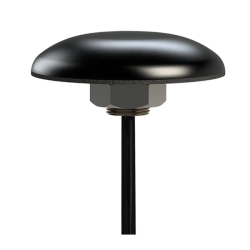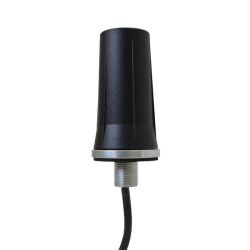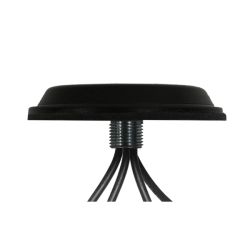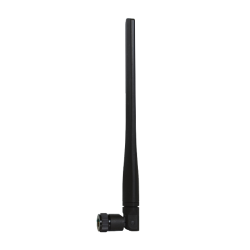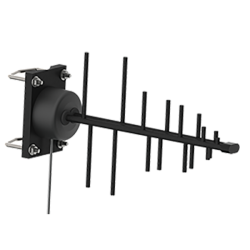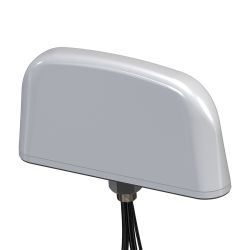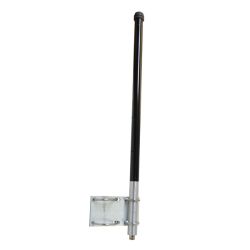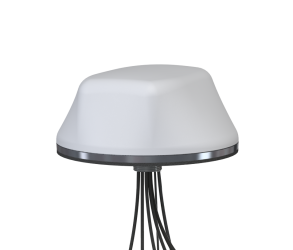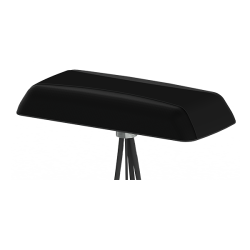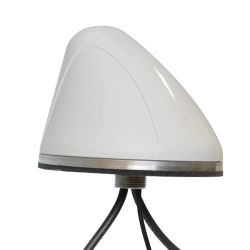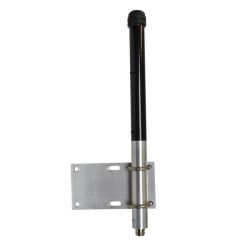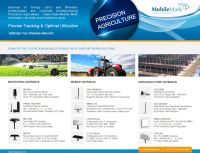
Antenna Solutions for Precision Agriculture
Internet of Things (IoT) and wireless technologies are currently revolutionizing Precision Agriculture.
How can Mobile Mark Antennas Help your Business Grow?
Technical advances in Agriculture have made it a natural target for introducing wireless communications. Access to timely data collection can be key to making the right decisions to either maximize production or even avoid disasters. Whether collected from fields or from livestock, data drives the modern farm.
The wireless systems have evolved over the years. Early systems may have focused on tracking and navigation for combines and tractors. Or, they may have relied on simple WiFi hotspots for internet connection in a few key facilities.
Today, the wireless options have grown considerably. Larger volumes of data can be transmitted using a wider variety of wireless systems. As the data options grow, they can be used to make an increasing number of key business decisions. Learn how Mobile Mark Antennas can help your business grow!
Wireless applications for Precision Agriculture can be divided into three categories
- Monitoring & Sensors
With advances in wireless monitoring, today’s farmers can be kept up-to-date with ongoing reports from their fields. Sensors can report on critical factors such as temperature and soil moisture. This information can be used to direct irrigation activities or help schedule harvesting.
- Infrastructure
The backbone of the wireless system is the infrastructure. Even when data is gathered by Wireless Gateways, it may still need to be transmitted over longer distances. The choice of wireless system or frequency can help bridge the distance.
- Vehicles
Agriculture vehicles such as tractors, thrashers, and other mobile equipment, all benefit from being connected wirelessly.
Monitoring Antennas
Infrastructure Antennas
Vehicle Antennas
Related Resources for Precision Agriculture
Call Mobile Mark for the Most Advanced Precision Agriculture Antenna Design
Spectrum Options for Agriculture
Different technologies exist to transmit this information, from licensed spectrum using Cellular to unlicensed spectrum using WiFi, ISM, LoRaWAN or Sigfox. There are advantages to each technology.
Cellular signals have the advantage of relatively ubiquitous coverage. There are some areas without coverage, but for the most part someone looking for a wireless connection can tap into a Cellular network. This means seamless coverage throughout a desired region, regardless of the distance or shape of the coverage needed.
However, spectrum is owned and controlled by the Carriers, so there is typically a fee associated with accessing and using this spectrum. Bundled packets from the Carriers can often be negotiated, making the cost more affordable.
Recent Cellular offerings have recognized that many wireless applications are transmitting small packets of data and do not require massive bandwidth. The Carriers have responded with offerings such as NB-IoT (Narrow Band IoT) and LTE-M, that allocate only slim slivers of spectrum to a particular wireless system. This offering better matches the requirements and can be more economically offered by the Carriers.
Several Unlicensed offerings also exist. Spectrum that is identified by the FCC as unlicensed, includes the 902-928 MHz band, often known as the ISM (Industrial, Scientific and Medical) band, and the WiFi band at 2400-2480 MHz and 5125-5825 MHz.
The FCC has recently expanded the WiFi band to include part of the band that had been designated for WiFi 6e.
WiFi 6e represents a major advancement in WiFi coverage. The IEEE802.11ax standards allow for wider bandwidth and faster data processing. The FCC recently released the 6.125-7.125 GHz band to be used for WiFi6e. Mobile Mark’s WiFi6e antennas also cover the 5.850-5.895 GHz band which was repurposed by the FCC for unlicensed commercial uses such as WiFi. WiFi 6e routers can operate on all unlicensed bands from 2.4-2.5 GHz & 5.15-7.125 GHz.
Biggest challenge: dependable connections & product durability
With data transmission this critical, operating in a harsh and demanding environment can be difficult. Some of the biggest challenges faced with be dependable connections and durable products.
When evaluating antennas, we recommend looking closely and both the electrical and mechanical specifications. Here are some questions you might want to consider.
- Will the available frequencies allow you to efficiently transmit the volume of data needed over the distance to be covered?
- Would the performance be enhanced by a particular antenna style, for example a higher gain antenna or a directional antenna?
- What protective features have been added to the products?
- Does the antenna need to perform in a high moisture environment?
- Will the antenna be subjected to rough treatment, either by other pieces of equipment, or even by livestock?

